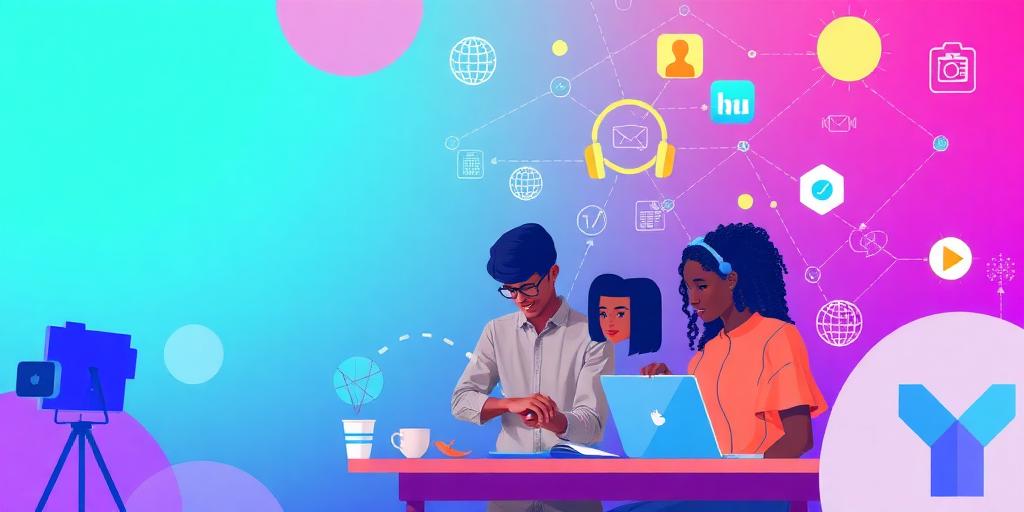Diversity and inclusion (D&I) have become critical topics in today's tech industry, where innovation and progress are paramount. However, the tech culture often presents unique challenges to fostering a truly inclusive environment. This article explores these challenges and provides insights into building a more diverse and inclusive tech culture.
Challenges in Tech Culture
- Lack of Representation: The tech industry has historically been dominated by certain demographic groups, leading to a lack of representation for women, people of color, LGBTQ+ individuals, and people with disabilities. This homogeneity can create a sense of exclusion and limit diverse perspectives.
- Unconscious Bias: Unconscious biases can influence hiring decisions, promotions, and project assignments. These biases can perpetuate systemic inequalities and hinder the progress of underrepresented groups.
- Tokenism: Sometimes, companies may focus on hiring a few diverse individuals to meet quotas without genuinely embracing inclusion. This tokenism can lead to feelings of isolation and pressure for those individuals.
- Microaggressions: Subtle, often unintentional, discriminatory behaviors can create a hostile work environment. Microaggressions can include insensitive comments, assumptions, or actions that target individuals based on their identity.
- Lack of Inclusive Leadership: Leaders who do not prioritize diversity and inclusion can fail to create a supportive environment. Without strong leadership, D&I initiatives may lack the necessary resources and support to succeed.
Strategies for Building a More Inclusive Tech Culture
- Implement Inclusive Hiring Practices: Revise job descriptions to attract a broader range of candidates. Use blind resume reviews to reduce unconscious bias. Partner with organizations that support underrepresented groups.
- Provide Diversity and Inclusion Training: Conduct regular training sessions to raise awareness about unconscious biases and promote inclusive behaviors. Educate employees on the importance of diversity and the impact of microaggressions.
- Establish Employee Resource Groups (ERGs): ERGs can provide a safe space for employees from underrepresented groups to connect, share experiences, and offer support. ERGs can also provide valuable insights to leadership on D&I issues.
- Foster a Culture of Open Communication: Encourage open dialogue about diversity and inclusion. Create channels for employees to voice concerns and provide feedback. Ensure that all voices are heard and valued.
- Promote Inclusive Leadership: Train leaders to be inclusive and equitable in their decision-making. Hold leaders accountable for promoting diversity and inclusion within their teams.
- Measure and Track Progress: Set measurable goals for diversity and inclusion. Track progress regularly and make adjustments as needed. Use data to identify areas for improvement and inform D&I strategies.
- Support STEM Education for Underrepresented Groups: Invest in programs that encourage students from underrepresented groups to pursue careers in STEM fields. This can help build a more diverse pipeline of talent for the future.
The Way Forward Addressing the challenges of diversity and inclusion in tech culture requires a concerted effort from all stakeholders. By implementing inclusive practices, fostering open communication, and promoting inclusive leadership, the tech industry can create a more equitable and innovative environment for everyone.









